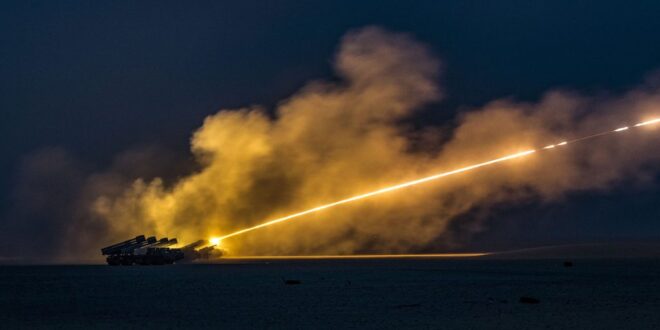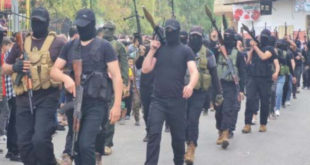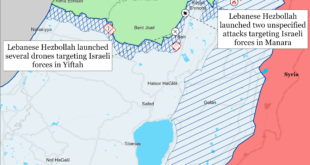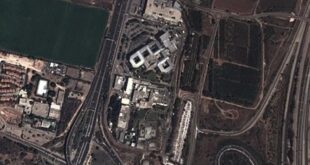The bottom line
While the transfer of US high mobility artillery rocket systems (HIMARS) and British multiple launch rocket systems (MLRS) will help Ukraine, we assess that the amount of systems and ammunition planned for transfer in the first tranche will only have a minor impact in the fighting.
Russia’s campaign in the Donbas region is reaching a standstill, with its numerical advantage in forces and fires effectively countered by Ukraine’s tactical employment of battlefield intelligence.
The race to resupply troops at the frontlines remains the linchpin for military success on both sides. As Russia sends more conscripts to support the Donbas campaign, Ukraine will focus on reinforcing logistical supplies and moving ground-based systems to the front lines.
The Russian offensive
The Kremlin’s Donbas campaign—which has focused on massing Russian troops and firepower around Severodonetsk in an attempt to capture the strategically vital city—appears to have slowed to a halt. Limited Ukrainian counterattacks have reclaimed small areas around the city and, as of publication, we assess that the risk of encirclement and destruction or capitulation of Ukrainian forces there has receded. Although Russia maintains a numerical superiority in forces and advanced weapons in the region, Ukrainian forces have mitigated that advantage by using battlefield intelligence—such as the sinking of the Russian cruiser Moskva and the Ukrainian ambush of the Russian battalion crossing the Siverskyi Donets River—to direct precision fires and stop Russian advances, stop reinforcements and resupply, and direct localized counterattacks. The Donbas campaign is nearing a bloody stalemate, with the line of control in the Donetsk and Luhansk oblasts staying essentially unchanged over the course of days and even weeks.
The Russian flow of forces and fires to the area around Severodonetsk aims to break the Ukrainian resistance, which would allow the Kremlin to encircle Ukrainian forces in the Severodonetsk salient. This leads us to believe that Russia’s objective is to annihilate the major Ukrainian fighting force in the Donbas, allowing Russia to take most, or all, of the Donetsk and Luhansk oblasts. For their part, Ukrainian forces will press forward with their precise application of fires to stall Russian momentum and prevent resupply of Russian front-line forces. Additionally, they will continue to execute limited counterattacks with the objective of extinguishing Russian resistance in order to retake large swaths of land and move the line of control much closer to the Russian border.
As has been the case since the start of the Donbas campaign, the race to resupply will be critical for both sides. To replace its losses, the Kremlin may need to resort to sending in thousands more conscripts. Meanwhile, Ukraine must maintain its logistics lines and move ground-based fires forward, including long-range artillery, MLRS, and unmanned aerial systems.
 Eurasia Press & News
Eurasia Press & News




